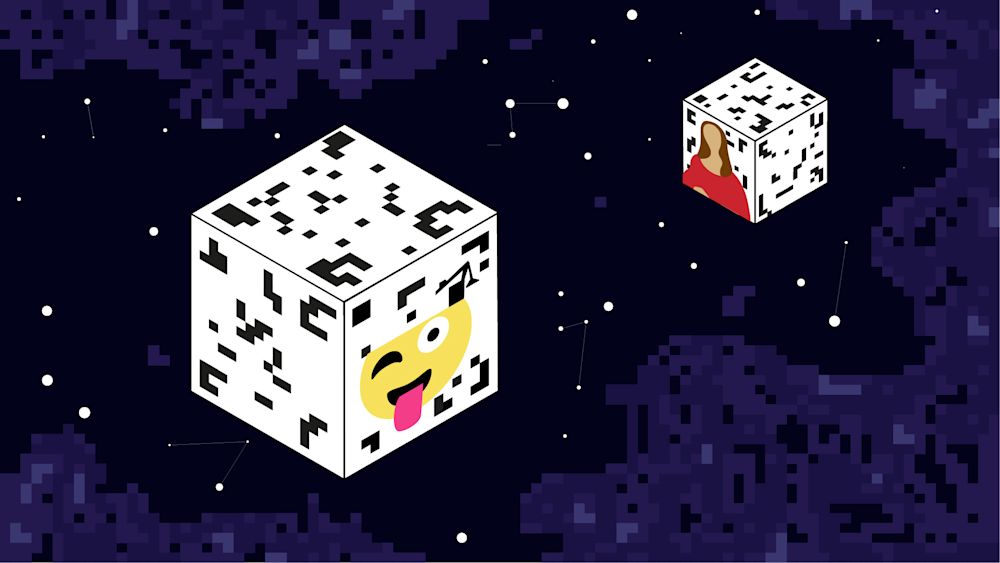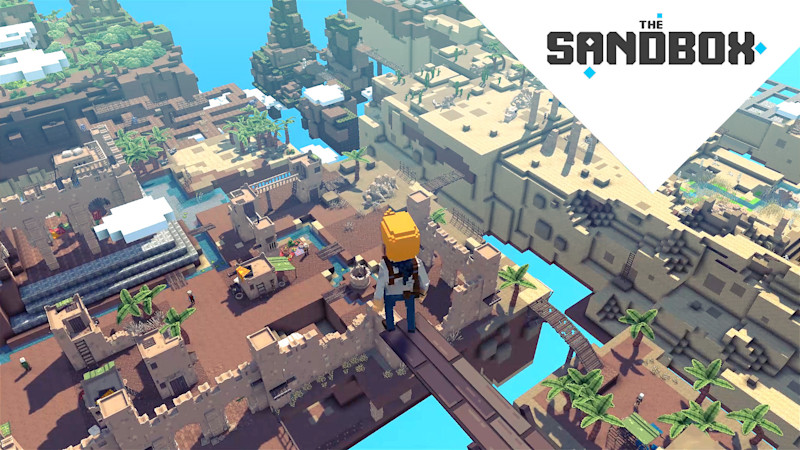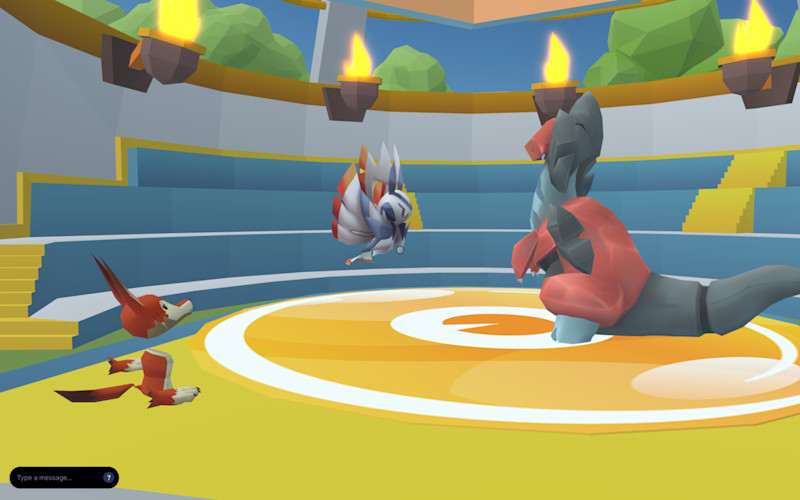- Iterate
- Meet The Team
- Entering the Blockchain Metaverse Where NFTs Meet Virtual Worlds
Entering the Blockchain Metaverse Where NFTs Meet Virtual Worlds
Table of contents
NFTs first caught the general public's attention after artist Mike Winkelmann sold his digital artwork as an NFT for $69.3M on Christie's. Since then, many artists, musicians and even sports franchises have jumped on board, digitizing their goods and selling them for a profit. Virtual worlds that are built off the blockchain are also gaining more attention. The Org talked to two companies building a metaverse, to learn more about how it operates.

When Sebastien Borget and Arthur Madrid first created The Sandbox over ten years ago, it was designed to be a simple mobile gaming application.
It wasn't until 2017 when the first NFTs began to appear that they saw potential in applying that technology to their virtual gaming platform.
Although The Sandbox had more than 40 million installations and over 70 million user-generated creations, the creators felt its users had no way to profit from their work.
"Contributors were bringing more users, more players and enhancing revenue to the game, but there was no way for us to reward the creators for the amazing content they were building," Borget, the COO of The Sandbox, told The Org. "Without them, there would be no success, so we always had the sentiment that the loop was not complete."
Fast forward to 2021 and the company is now building an online world on the blockchain, where players can create, own and monetize their gaming experiences. Although the platform has not yet launched for players, designers and artists can make virtual entities, equipment and artwork in the form of NFTs and sell them on The Sandbox's virtual marketplace.
"We provide the capacity to build all sorts of gaming experiences, adventures, platforms, puzzles, narrative games," Borget said. "Now you can import external NFTs and display them, so you can create art galleries, museums, exhibitions and have virtual shows, virtual concerts and more."

Users can also purchase virtual LAND, a finite piece of The Sandbox metaverse, using digital tokens called SAND that exist on the Ethereum blockchain. Ethereum is a cryptocurrency that supports these types of NFTs. It can be purchased from Coinbase, Etoro, Gemini, Robinhood, Kraken, BlockFi and other crypto exchange platforms.
Over the last 30 days, The Sandbox has sold an estimated $16 million worth of LAND, boosting the value of the metaverse up to $37 million.
"This is amazing," Borget said. "The first LAND we sold was worth roughly $40. Now, the average price of land is about $1,000."
So what exactly are NFTs?
Short for 'non-fungible tokens,' NFTs can also mean 'proof of ownership of an asset. Similar to money, NFTs are unique and not interchangeable. Once a person purchases an NFT, the transaction is recorded on the blockchain.
NFTs first caught the general public's attention after artist Mike Winkelmann sold his digital artwork as an NFT for $69.3M on Christie's. Since then, many artists, musicians and even sports franchises have jumped on board, digitizing their goods and selling them for a profit.
The wider community determines the value of an NFT. Therefore, the price of these assets almost always come down to individual perception.
The Sci-Fi Reality
The Sandbox is not the only virtual world that exists in the metaverse. Multiple other digital worlds have also been created since the NFT boom. Including Cryptovoxels, Axie Infinity and perhaps the largest and most well known amongst them, Decentraland.
Decentraland was created by developers and avid sci-fi fans Ari Meilich and Esteban Ordino in 2017 with the vision of creating a virtual reality without a sole operator.
Unlike some other virtual worlds, Decentraland is run and managed by the Decentraland Foundation, a non-profit organization that holds the IP and provides news on third-party development on the platform.
"Decentraland is owned and governed by the community that uses it," David Carr, marketing specialist at Decentraland Foundation, told The Org. "They buy and sell land, they can build on that property and monetize their holding as they see fit. Decentraland's virtual currency, MANA allows for in-world payments for things like wearables, avatar names, property and more."

As of March 2021, Decentaland has an estimated 130K active users. Inside the virtual platform, players can interact using voice chat and text messaging. Much like in the physical world, users can also visit each other's properties, stop by galleries, attend events and hang out in restaurants, bars and cafes.
"Every Sunday there is a social event called Unity, which regularly attracts over 200 people. There's a live DJ, dancing and more," Carr said. "Over the Christmas and New Year period RAC and 3LAU performed, but there are also a lot of smaller, independent artists and bands performing every week around the virtual world."

The metaverse collides?
As different virtual worlds continue to pop up, grow and expand, the community and its users are still the main focus for many developers.
"I think the idea is not necessarily to combine the worlds, it's more to offer something that adds value for all the users," Borget said. "We don't want to make it centralized because we fall back into having only one Facebook or only one Fortnite and everything has to happen there."
Perhaps what makes these metaverses so unique is that each player will own their data and assets through spending and selling cryptocurrency — giving them the ability to choose what experiences they want.
"It's important to remember that these are still very early days, in terms of the technology and the possibilities.Decentraland itself could expand – that would be up to the community,” Carr said, adding users could make proposals through the decentralized autonomous organization (DAO), which are then voted on by the community.
“So as Decentraland grows and expands, who knows how it will evolve?"
--
The Org is a professional community where transparent companies can show off their team to the world. Join your company here to add yourself to the org chart!
In this article


The ORG helps
you hire great
candidates
Free to use – try today
